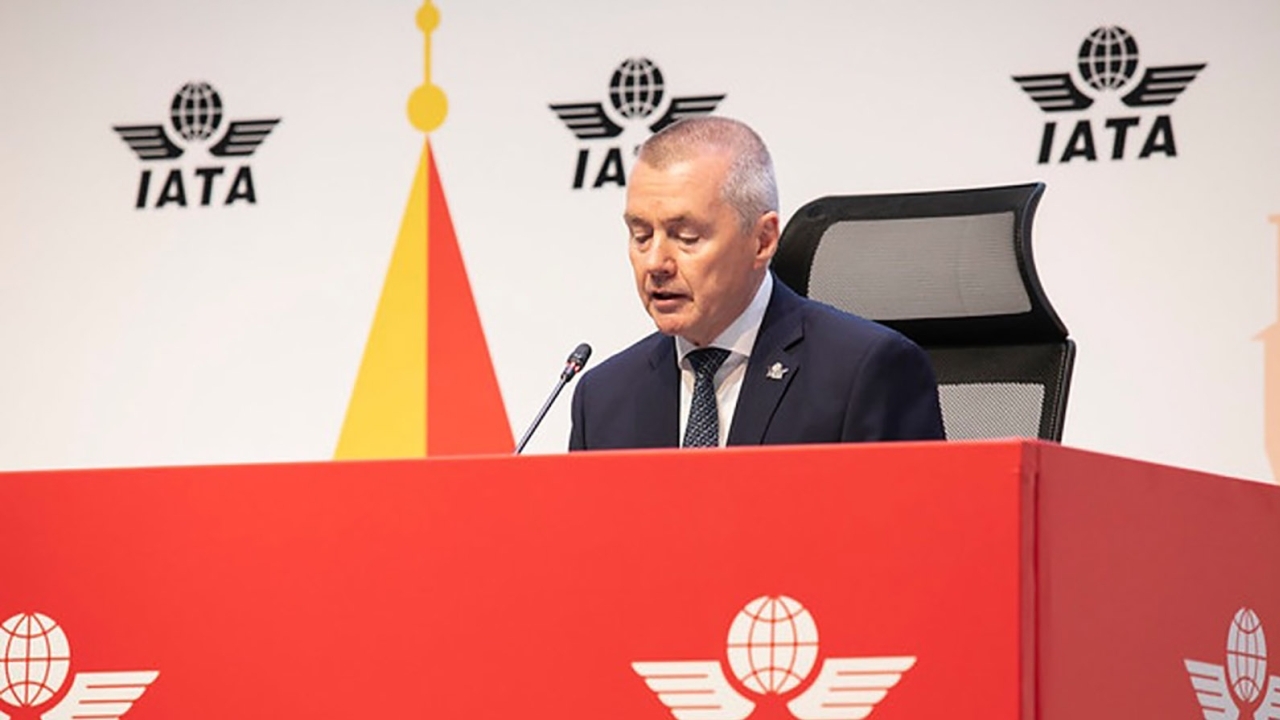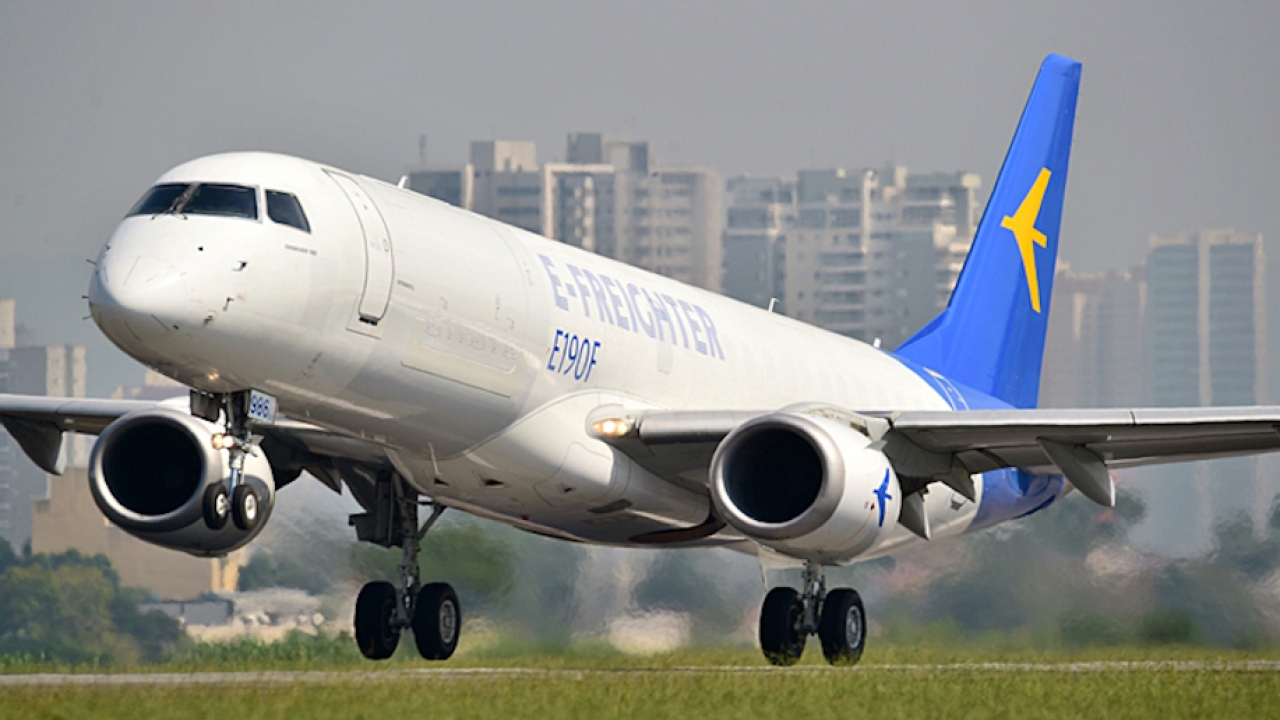Africa and the Middle East saw accident rate improve in 2023
IATA has said aviation continues to make progress on safety with several 2023 parameters showing “best-ever” results.

Willie Walsh, IATA’s director general.
There were no hull losses or fatal accidents involving passenger jet aircraft in 2023. However, there was a single fatal accident involving a turboprop aircraft, resulting in 72 fatalities. There were 37 million aircraft movements in 2023 (jet and turboprop), an increase of 17% on the previous year.
"2023 safety performance continues to demonstrate that flying is the safest mode of transport. Aviation places its highest priority on safety and that shows in the 2023 performance. Jet operations saw no hull losses or fatalities. 2023 also saw the lowest fatality risk and ‘all accident’ rate on record. A single fatal turboprop accident with 72 fatalities, however, reminds us that we can never take safety for granted. And two high profile accidents in the first month of 2024 show that, even if flying is among the safest activities a person can do, there is always room to improve. This is what we have done throughout our history. And we will continue to make flying ever safer,” said Willie Walsh, IATA’s director general.
Regional Safety Performance
The 2023 all accident rate improved compared to 2022 for all regions with the exceptions of North America and Asia Pacific. No regions experienced a jet hull loss in 2023. Asia-Pacific recorded a fatal turboprop hull loss, a loss-of-control accident in Nepal in January 2023 with 72 fatalities. As a consequence, all regions except Asia-Pacific recorded a fatality risk of zero in 2023.
Africa: The all accident rate improved from 10.88 per million sectors in 2022 to 6.38 in 2023, better than the 5-year average of 7.11. In 2023, there were no fatalities. This region has had no jet hull losses or fatal accidents since 2020. Additionally, 2023 marked the fifth occurrence of Africa reporting zero fatal turboprop accidents, with the first instance recorded in 2015. Under the Focus Africa initiative, IATA introduced CASIP to enhance aviation safety in Africa. CASIP efforts are continuing to partner with states to increase implementation of ICAO Standards and Recommended Practices (SARPs). The Global Aviation Safety Plan (GASP) as well as AFI Regional Aviation Safety Plan for Effective Implementation (EI) of ICAO ISARPs have increased the minimum SARPs implementation threshold to 75% or greater (from 60%). Only 12 of Africa’s 54 states meet this new threshold indicating the need for significant improvements.
Middle East and North Africa: The all accident rate improved from 1.30 accidents per million sectors in 2022 to 1.16 in 2023 and was also better than its 5-year average of 0.96. While no accidents were related to Global Navigation Satellite System (GNSS) interference, it has emerged as a critical area of concern in the region
North America: The all accident rate rose from 0.53 per million sectors in 2022 to 1.14 in 2023, but remained better than its 5-year average for the region of 1.21. The largest proportion of accidents in 2023 were related to landing gear collapses.
Asia-Pacific: The all accident rate increased from 0.56 per million sectors in 2022 to 0.78 in 2023, but was better than the 5-year average for the region of 1.06. The fatality risk rate per million sectors rose for Asia-Pacific operators from 0.00 in 2022 to 0.16, owing to the fatal accident in Nepal in January 2023, which was due to loss of control in flight.
Commonwealth of Independent States: The all accident rate improved from 2.16 accidents per million sectors in 2022 to 1.09 in 2023. This rate is better than the region’s 5-year average of 3.19 accidents per million sectors. Note that CIS sectors may undergo larger revisions than normal once actual flown sectors become available. This will affect accident rate as well as fatality risk calculation.
Europe: The all accident rate improved from 0.98 per million sectors in 2022 down to 0.48 accidents in 2023. This rate is better than the region’s 5-year average of 0.77 accidents per million sectors. The region has had a fatality risk of zero since 2018. The largest proportion of accidents were related to landing gear collapses.
North Asia: The all accident rate improved from 0.45 accidents per million sectors in 2022 to 0.00 in 2023. This was better than the region’s 5-year average of 0.16 accidents per million sectors. The fatality risk rate improved from 0.23 in 2022 to 0.00 in 2023.
Latin America and Caribbean: In 2023, the region reversed an increase in accidents from the previous year. The all accident rate per million sectors improved from 4.47 in 2022 to 0.37 in 2023, better than the 5-year average of 1.91.
Stay up to date
Subscribe to the free Times Aerospace newsletter and receive the latest content every week. We'll never share your email address.

